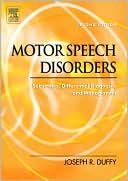Understanding Research and Evidence-Based Practice in Communication Disorders: A Primer for Students and Practitioners
Understanding Research and Evidence-Based Practice in Communication Disorders is an engaging, student-friendly text that explores the connection between common communication science research methods and clinical practice. Covering both the conceptual and the quantitative aspects of research methods, evidence-based practice, experimental design, and statistics, this book both elucidates various models of research and practice and explains how these models are important to the greater field of...
Search in google:
Understanding Research and Evidence-Based Practice in Communication Disorders is an engaging, student-friendly text that explores the connection between common communication science research methods and clinical practice. Covering both the conceptual and the quantitative aspects of research methods, evidence-based practice, experimental design, and statistics, this book both elucidates various models of research and practice and explains how these models are important to the greater field of communication science.While some students and practitioners find many books on research, evidence-based practice, and statistical concepts to be intimidating, abstract, and dry, Understanding Research and Evidence-Based Practice in Communication Disorders strives to emphasize not only the ideas surrounding evidence-based practice but also how its principles can be applied in clinical practice. The text also includes a number of helpful study aides such as learning objectives, learning activities, and a glossary, all of which help shed considerable light on these challenging and sometimes daunting subjects. Doody Review Services Reviewer:Adrienne B. Hancock, PhD(George Washington University)Description:This book on the rationale and processes of research in communication disorders emphasizes applications for evidence-based practice.Purpose:The authors aim to equip future practitioners with the knowledge and skills necessary to evaluate research and determine the actual clinical value of information. Understanding and anticipating the typical trepidation of clinical students enrolled in a required research course, the authors successfully cushion the difficult content with many visual aids, analogies, and clinical real-life examples. The writing style is relaxed and informal, making the book easy to read for research novices without sacrificing important information.Audience:The book is designed for graduate students who will pursue clinical work. A thesis student or doctoral student will need further courses, but the typical clinical practitioner will benefit from this information and the attitude of the authors to encourage critical thinking in any setting (not just laboratories). A significant portion of the book covers measurement and inferential statistics, which is vital to comprehending and using information in research literature. This is much more than an overview of the scientific process.Features:Compared to similar research methods textbooks, this has a more thorough explanation of statistics and covers non-parametric and single subject designs. I find this very useful because this is the area about which my students usually know the least. This book is a nice in-between in terms of density -- not so detailed that it is boring, but not so light on information that it is useless.Assessment:This book balances information delivery with readability. The text and figures are clear and helpful. Opportunities for application practice are sufficient. This would be a book for clinicians to keep on the shelf when they're reading an article and can't remember what those stats in the results section mean! One drawback of the book is that it does not discuss how to construct or evaluate an article as a whole -- what to look for in an introduction, how to critique the discussion and conclusions. However, these concepts could be covered in a supplemental lecture without required readings.
Sect. I Introduction to research in communication disorders 11 The importance of research in communication sciences and disorders 1Sect. II The nature of scientific inquiry and essentials of experimental control 412 Scientific principles and methods used by researchers 413 Crafting scientific and answerable questions 734 Controlling threats and confounding variables through experimental design 99Sect. III Design and analysis of research on groups and single cases 1435 Levels of measurement and distribution of scores 1436 An introduction to hypothesis testing with inferential statistics 1657 Common statistical analyses for finding differences among two or more groups or conditions on one independent variable 1898 Studies that analyze differences in groups using factorial designs with more than one independent variable - between, within, and mixed 2219 Studies that measure relationships among variables or attempt prediction 24310 Single-subject experimental designs in clinical fields 267Sect. IV Evidence-based practice and applied clinical research 29711 Overview of evidence-based practice 29712 Levels of evidence 30513 Framing the clinical question and searching for the evidence 33914 Evaluating the evidence 36515 Evidence-based practice: blending patient values/preferences, scientific evidence, and clinical expertise 397Sect. V Putting knowledge into practice: evaluating research, designing your own study, and obtaining resources 42516 Producing research as a student or practitioner 42517 Grantsmanship: funding research endeavors 463Glossary 485References 493Name index 500Subject index 503
\ From The CriticsReviewer: Adrienne B. Hancock, PhD(George Washington University)\ Description: This book on the rationale and processes of research in communication disorders emphasizes applications for evidence-based practice.\ Purpose: The authors aim to equip future practitioners with the knowledge and skills necessary to evaluate research and determine the actual clinical value of information. Understanding and anticipating the typical trepidation of clinical students enrolled in a required research course, the authors successfully cushion the difficult content with many visual aids, analogies, and clinical real-life examples. The writing style is relaxed and informal, making the book easy to read for research novices without sacrificing important information.\ Audience: The book is designed for graduate students who will pursue clinical work. A thesis student or doctoral student will need further courses, but the typical clinical practitioner will benefit from this information and the attitude of the authors to encourage critical thinking in any setting (not just laboratories). A significant portion of the book covers measurement and inferential statistics, which is vital to comprehending and using information in research literature. This is much more than an overview of the scientific process.\ Features: Compared to similar research methods textbooks, this has a more thorough explanation of statistics and covers non-parametric and single subject designs. I find this very useful because this is the area about which my students usually know the least. This book is a nice in-between in terms of density — not so detailed that it is boring, but not so light on information that it is useless.\ Assessment: This book balances information delivery with readability. The text and figures are clear and helpful. Opportunities for application practice are sufficient. This would be a book for clinicians to keep on the shelf when they're reading an article and can't remember what those stats in the results section mean! One drawback of the book is that it does not discuss how to construct or evaluate an article as a whole — what to look for in an introduction, how to critique the discussion and conclusions. However, these concepts could be covered in a supplemental lecture without required readings.\ \
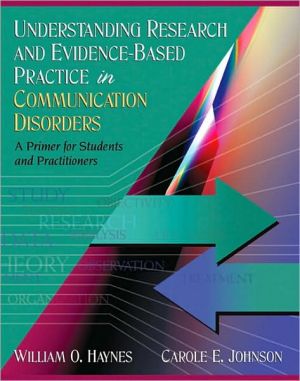
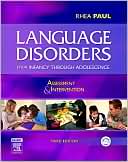

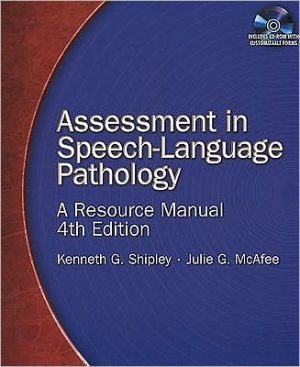
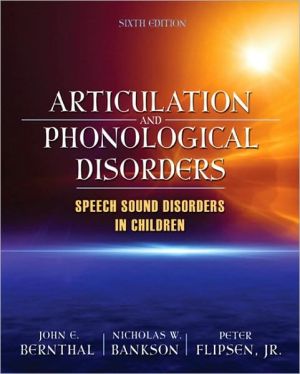
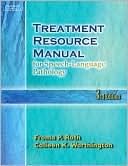
![Introduction to Audiology [With CDROM] Introduction to Audiology [With CDROM]](/application/data/covers/31/18/9780205593118.jpg)
